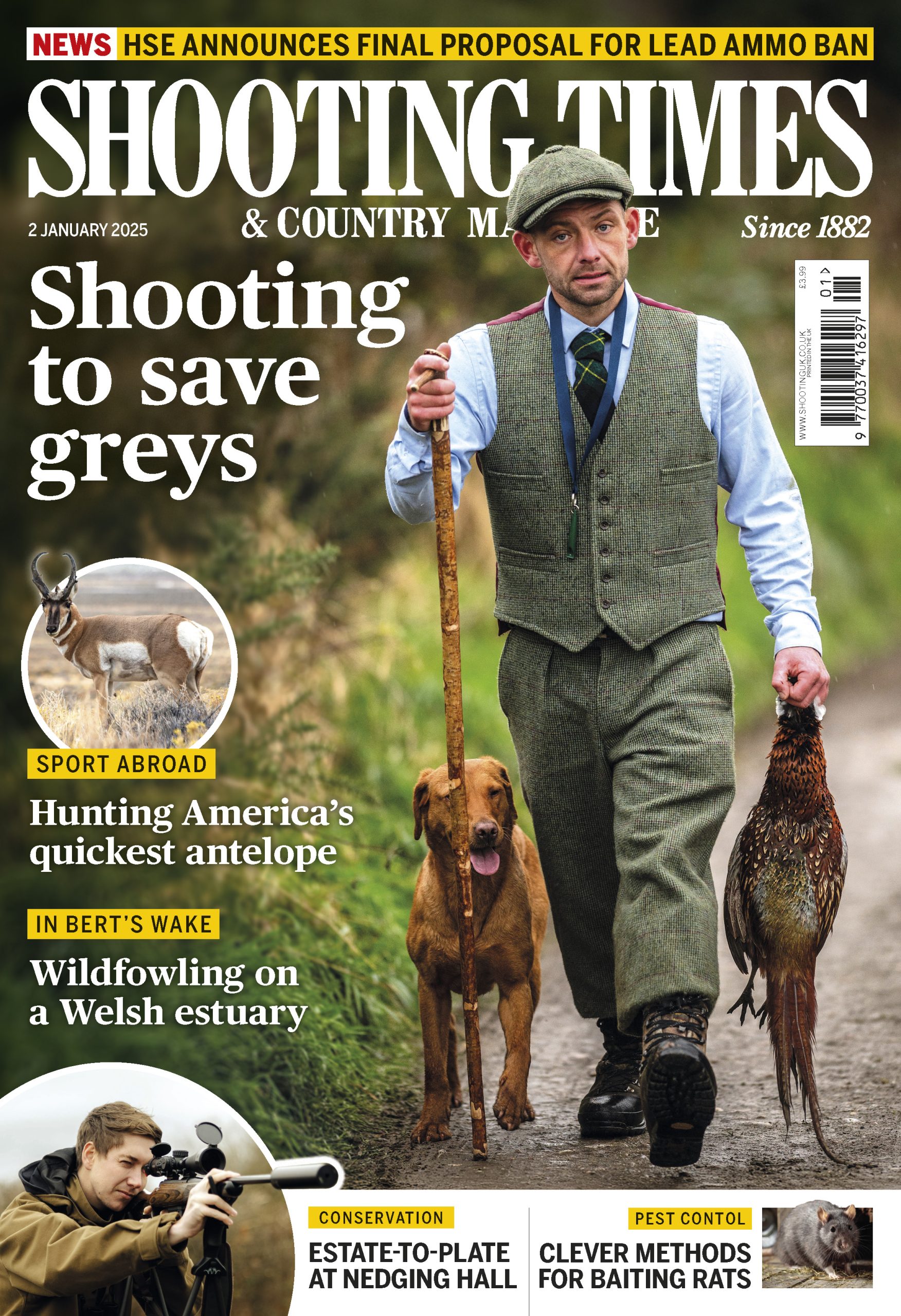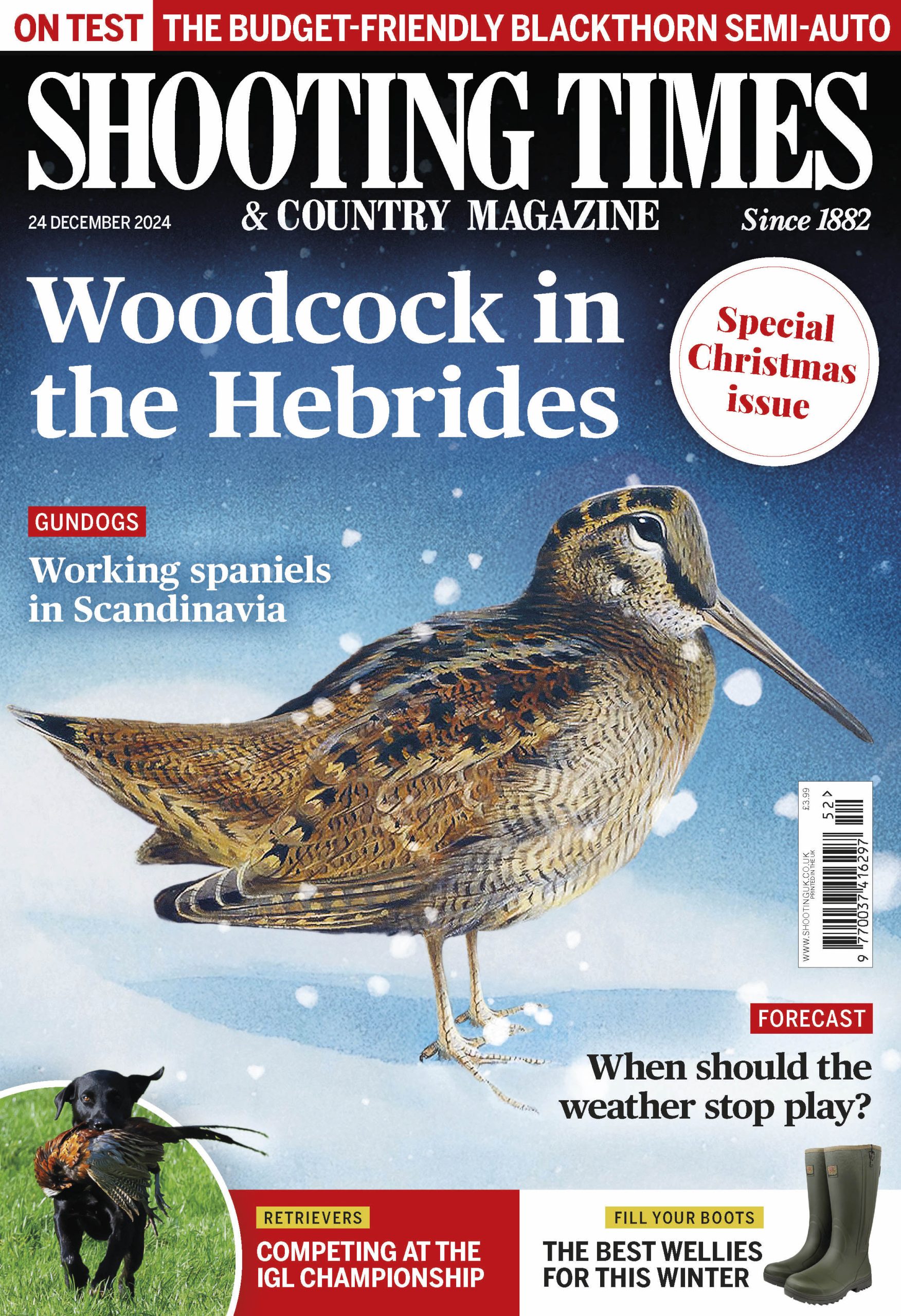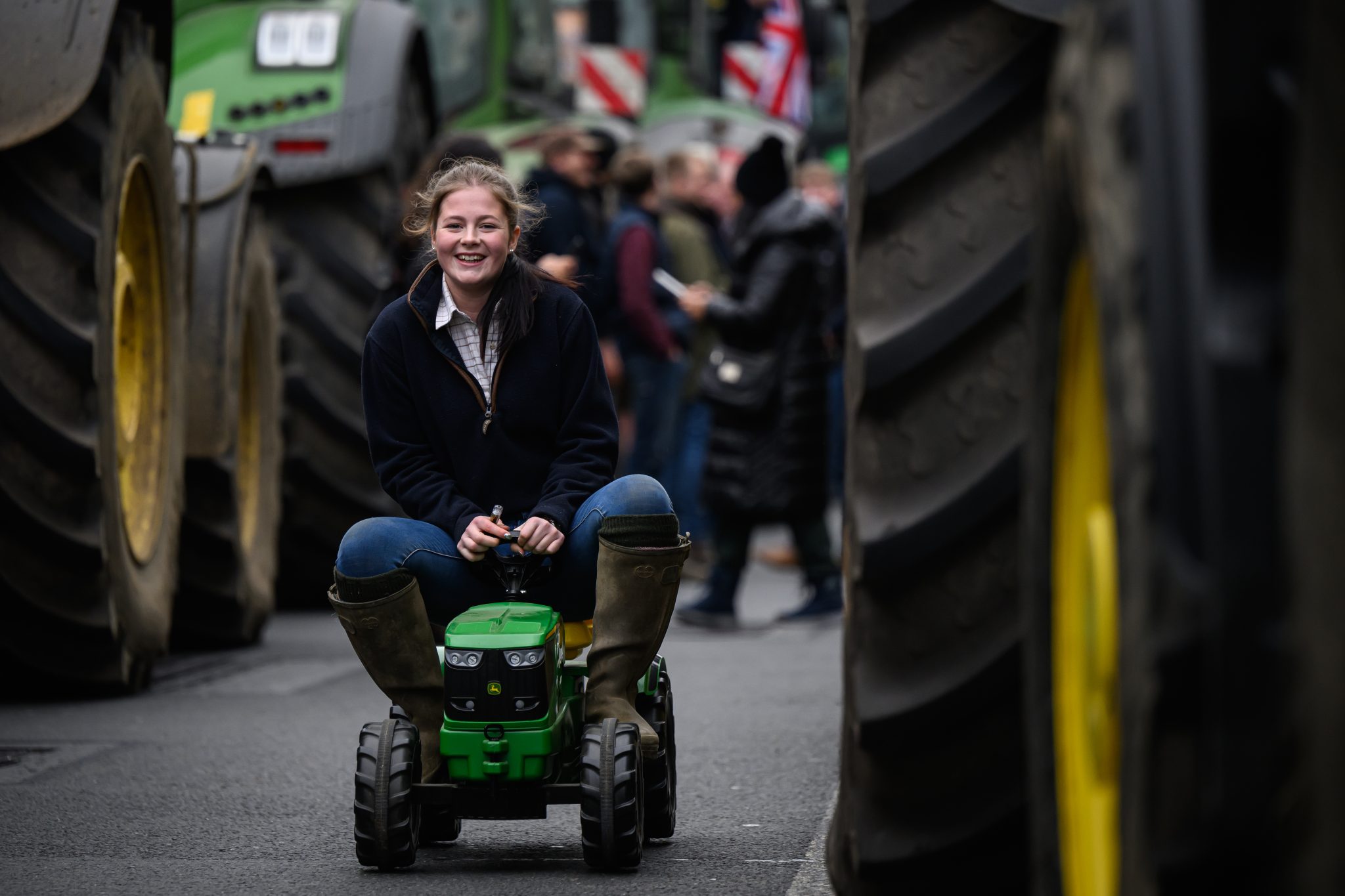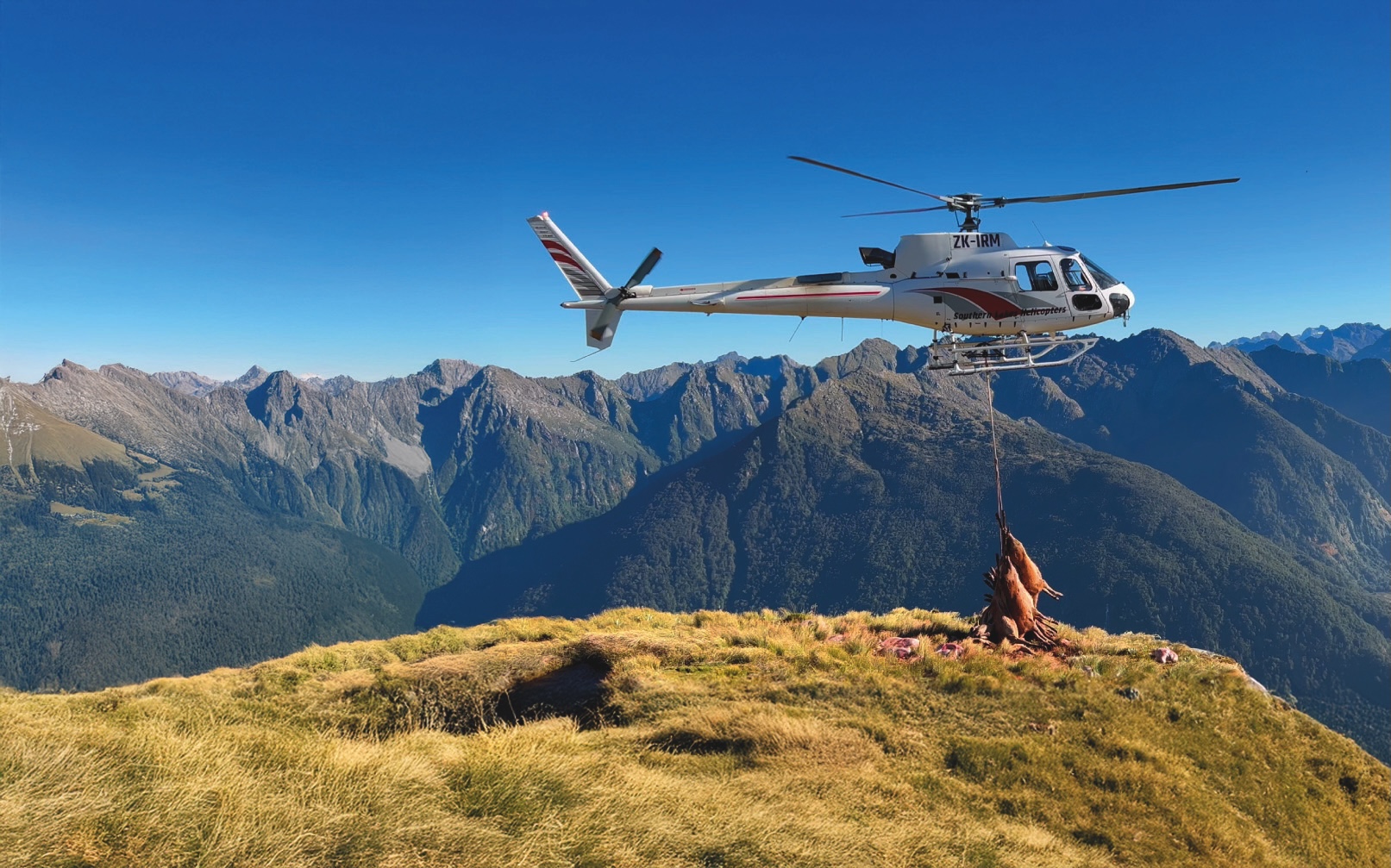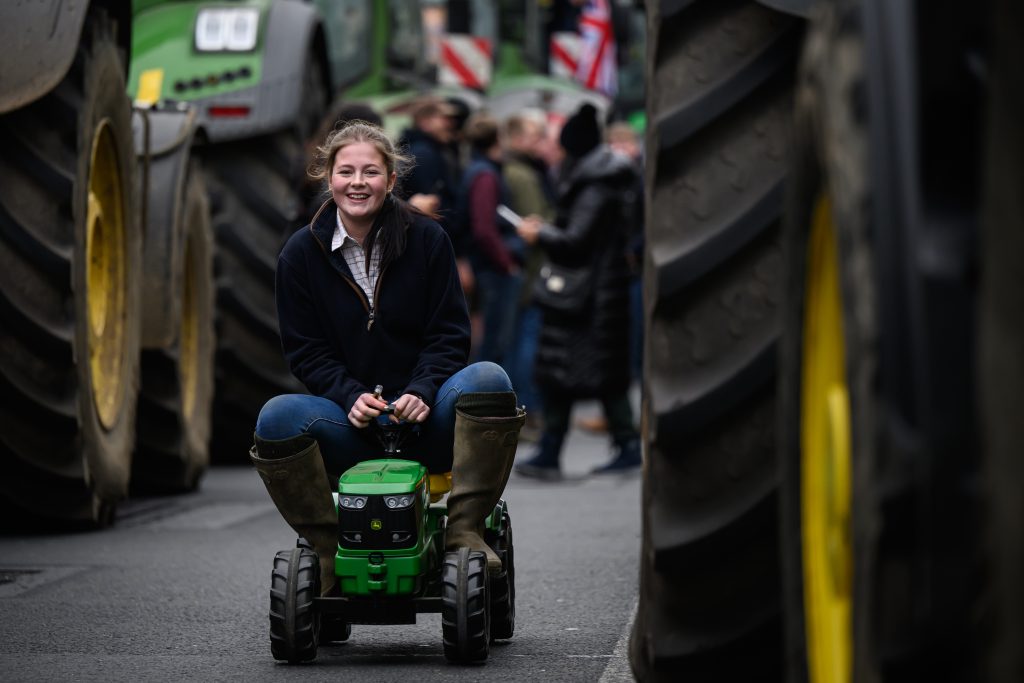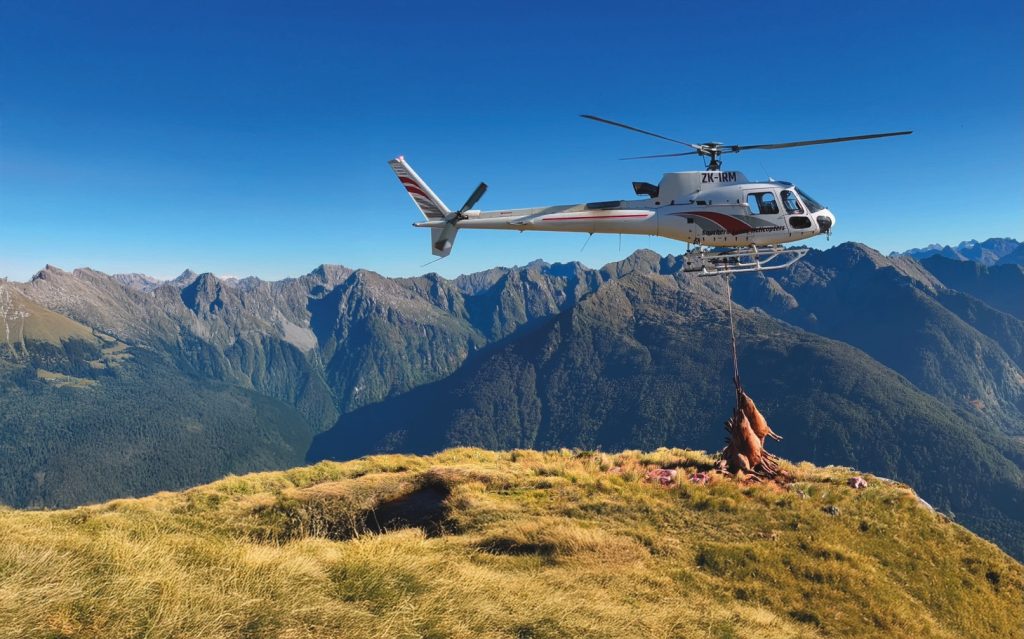Win CENS ProFlex DX5 earplugs worth £1,149 – enter here
How to support wild grey partridge in the UK
Wild grey partridge numbers saw a boost from this year’s warm British summer. Learn from BASC’s Conor O’Gorman and GWCT how habitat, predation control, and lead-free shooting can secure their future.

A rare boost for wild grey partridge
The British Isles sit at the edge of the grey partridge’s European range. Wet, cold summers often devastate chicks, unlike the species’ strongholds in eastern Europe.
This year was different. Prolonged heatwaves gave wild populations a welcome boost. It reminded me of research years ago on the outskirts of Prague. There, despite little predator or habitat management, partridge thrived thanks to hot summers and temporary roadside habitats.
But those habitats vanished once roadworks finished, and so did the partridge.
Grey partridge in Britain today
Back in the UK, reports suggest record breeding success for partridges and pheasants after the hot, dry summer. According to the Game & Wildlife Conservation Trust (GWCT), grey partridge populations remain stable only if 35% of chicks survive. Anything higher means more spring pairs next year.
Yet challenges remain. Sparrowhawks can heavily reduce recovering populations. GWCT modelling suggests an average 39% negative impact on spring pair numbers.
What we can control
Habitat and cover
Providing wide field margins, beetle banks, conservation headlands and tussocky grass supports brood survival. These habitats supply both cover and insect food.
Predator control
Effective, targeted predator control can triple grey partridge numbers in a few years. Reducing foxes, crows and small ground predators such as stoats and rats during the breeding and pre-breeding seasons is especially important.
Avoid rearing and release
Do not release reared grey partridge into wild populations. Though they may nest, they are poor parents. Worse, they compete for territories with wild birds or hybridise with them.
Go lead-free
GWCT research shows that both adults and chicks can ingest lead shot. Of 1,318 wild birds examined in southern England, 4.5% contained lead shot in their gizzards. Modelling suggests a 10% population impact from lead alone. Many shoots are already moving away from lead — especially important where wild greys are present.
Join the count
If you have wild partridge, visit the GWCT partridge count scheme and connect with local partridge groups.
With the right conditions and management, a harvestable surplus is possible. But success depends on many factors. Some we control, some we don’t.
Every partridge counts.
Related Articles
Get the latest news delivered direct to your door
Subscribe to Shooting Times & Country
Discover the ultimate companion for field sports enthusiasts with Shooting Times & Country Magazine, the UK’s leading weekly publication that has been at the forefront of shooting culture since 1882. Subscribers gain access to expert tips, comprehensive gear reviews, seasonal advice and a vibrant community of like-minded shooters.
Save on shop price when you subscribe with weekly issues featuring in-depth articles on gundog training, exclusive member offers and access to the digital back issue library. A Shooting Times & Country subscription is more than a magazine, don’t just read about the countryside; immerse yourself in its most authoritative and engaging publication.
